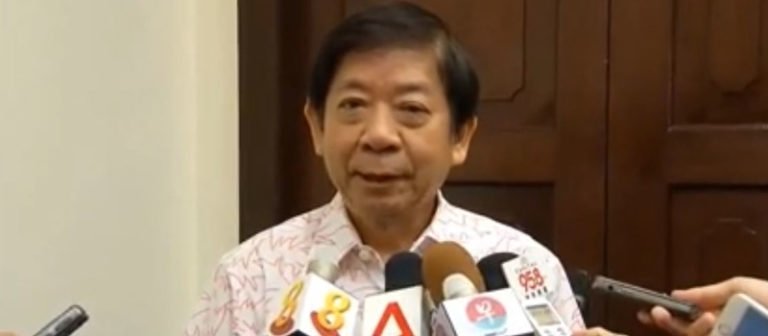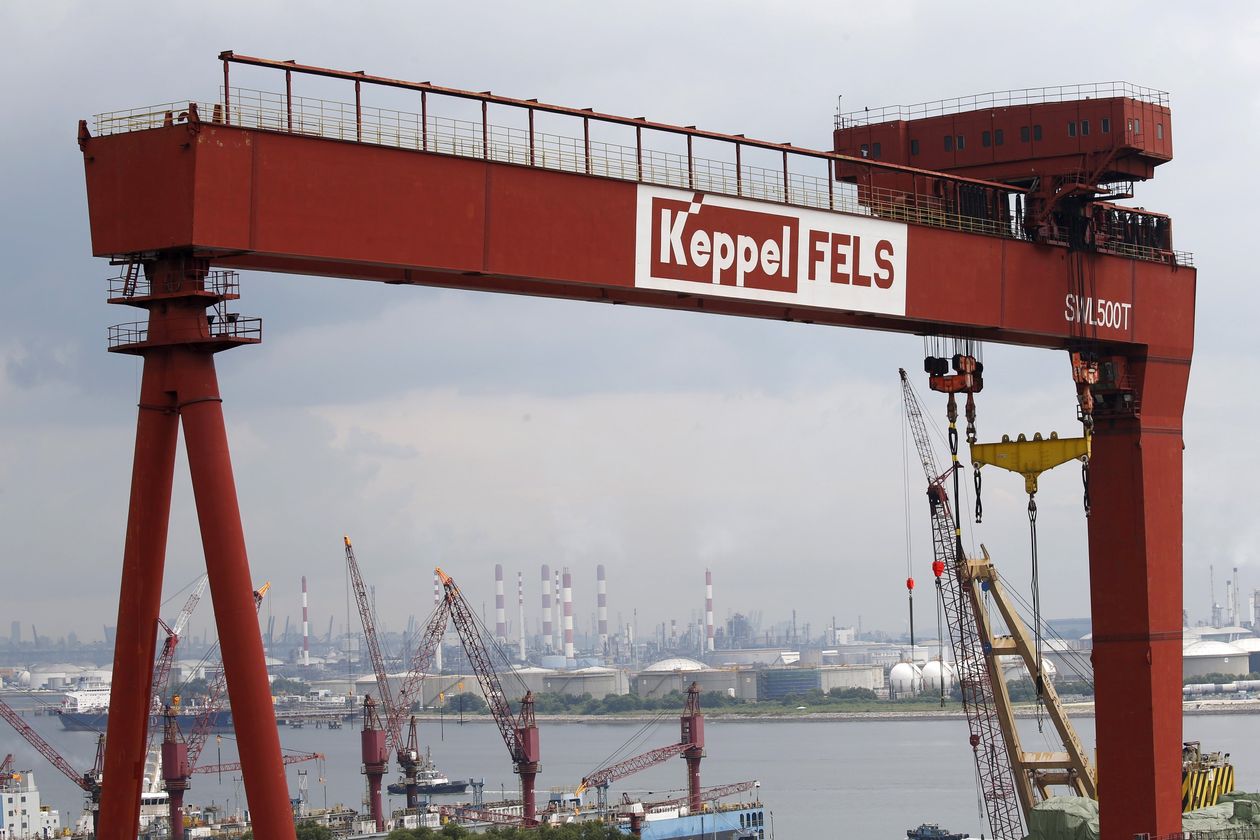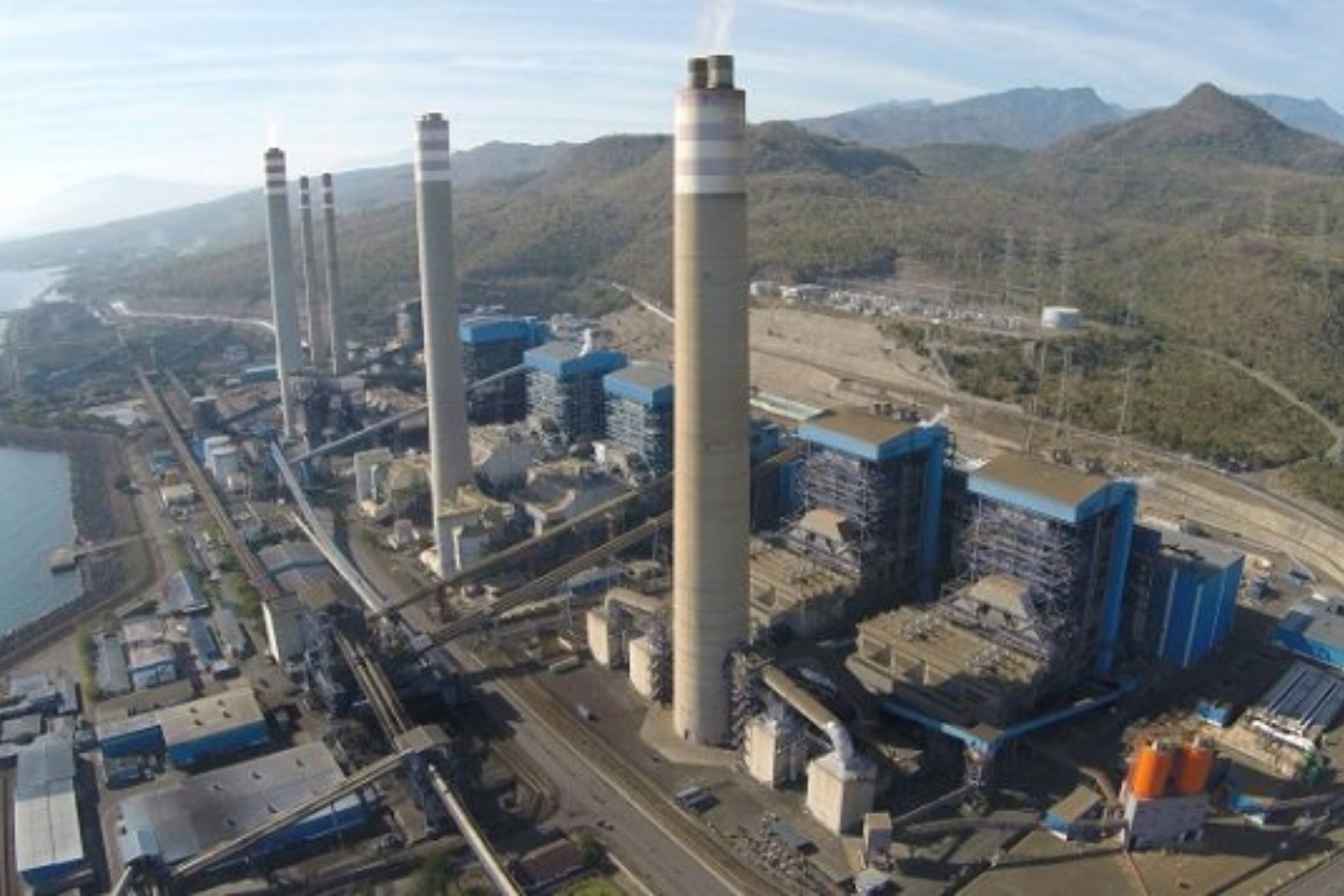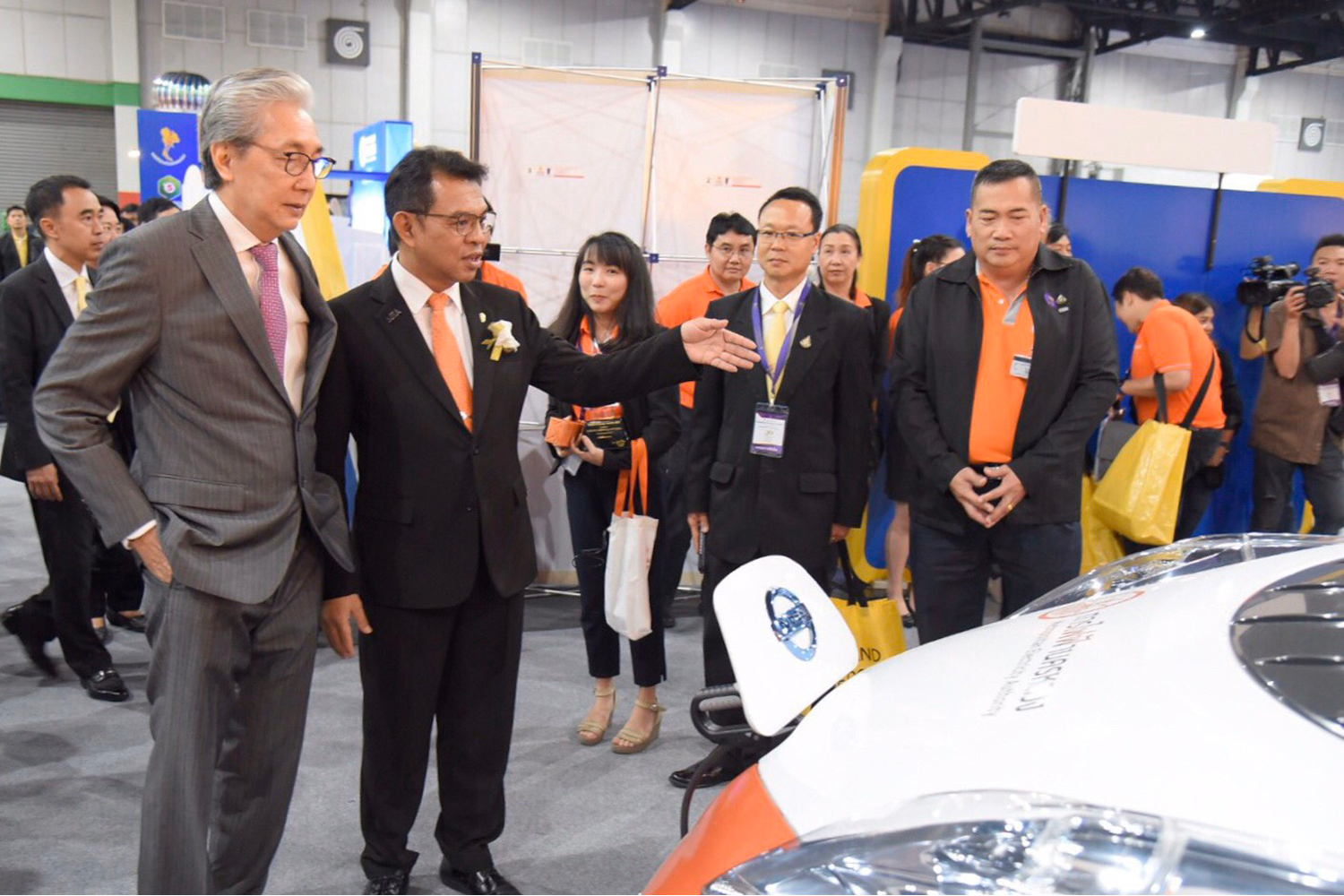- Energy Policy
–
- Singapore
Singapore is not in a rush to be “ahead of the curve” in adopting “newfangled technologies” said, Transport Minister Khaw Boon Wan on Monday (21 October), especially for essential sectors like public transport.
Speaking at the opening ceremony of the Intelligent Transport Systems World Congress at the Suntec Singapore Convention & Exhibition Centre, Mr Khaw said: “We take our time to understand, to clearly define the public transport problem we are trying to address before we try to assess the options… This preparatory work allows us to be able to choose wisely.”
While intelligent transport systems present compelling upsides, societies have to also be aware of the pitfalls, cautioned Mr Khaw. For example, these technologies can create a gap “between the technologically savvy and the vast majority who may not yet be technology-ready”. There are also cybersecurity concerns to look out for, such as systems being vulnerable to cyber-attacks.
Mr Khaw said in his speech that he looks beyond just the technological element. For example, in terms of politics, the core concerns are ensuring a fast, safe, reliable and affordable transport system for all, said the minister.
“It must contribute to their quality of life and this is what matters to them most,” he emphasised, adding that any intelligent transport system should be developed and deployed “wisely”.
In terms of the government’s approach, Mr Khaw says they take a “technology-neutral stance”, explaining that they will explore “a range of technology platforms before shortlisting a few promising solutions, based on hard-headed calculations.”
Even so, that doesn’t mean Singapore is remaining ignorant. Mr Khaw noted that it is important for the nation to be aware of new technologies and this may even include participating in the development of these technologies through joint research and development projects.
“Such participation allows us to influence global standards where we can and to have a more objective assessment of the state of maturity of a new technology. This allows us to better judge the timing for adoption and then to scale up wisely,” said Mr Khaw.
Highlighting examples of how this approach has worked out, Mr Khaw talked about the electronic road pricing (ERP) and certificate of entitlement (COE) system which were implemented to address increasing traffic congestion in the city-state.
Mr Khaw noted that the ERP system has evolved from police officers looking for decals on windscreens to the currently used ERP system with gantries and sensors which automatically deduct congestion charges. The next step beginning 2020 would be the gradual replacement of gantries with a satellite-based ERP system.
The other example Mr Khaw talked about was the exploration of autonomous and electric vehicles in Singapore. Though he did say that Singapore is in no hurry to be the first to adopt these machines.
Instead, Mr Khaw notes that the government is keeping tabs on the latest developments and is supporting deployment tests of autonomous vehicles in the country, like the self-driving buses and shuttles that will serve Punggol and Tengah in 2022.
He did add that he does not believe that large-scale adoption of autonomous vehicle technology is in Singapore’s near future, adding that there first needs to be new infrastructure and “enablers” like dedicated lanes to allow this technology to properly operate on the island.
In terms of electric vehicles, Mr Khaw mentioned the government collaboration with French company Bollore which aims to have 1,000 shared electric cars in Singapore and 2,000 charging points around the island. They are also working with other companies, like SP Group, to build up the charging infrastructure for electric cars.
Singapore’s history with electric cars
While that seems promising, Singapore hasn’t had a good track record with electric vehicles. Earlier this year, Tesla founder and CEO Elon Musk tweeted that the Singapore government has been unwelcome to Tesla Inc. when asked why the company’s eponymous electric car isn’t available in Singapore.
In the exchange, it was pointed out that Singapore is still reliant on fossil fuels for energy. This is a reason cited by the Land Transport Authority in a statement when they explained why the Tesla Model S is categorised in the S$15,000 surcharge band of Carbon Emissions-based Vehicle Scheme instead of qualifying for a tax break.
Mr Musk responded, “Singapore has enough area to switch to solar/battery and be energy independent”.
Separately, British tech company Dyson announced on 10 October this year that it has scrapped its project to build electric cars in Singapore.
James Dyson, founder of the company, said in an e-mail to employees that its team designed an amazing car but had to scrap the project as the electric cars were not “commercially viable”.
“The Dyson Automotive team have developed a fantastic car; they have been ingenious in their approach while remaining faithful to our philosophies. However, though we have tried very hard throughout the development process, we simply cannot make it commercially viable,” the statement read.
Dr Sanjay Kuttan of the Energy Research Institute said to Today Online in June 2018 that one of the reasons electric vehicles are not booming in Singapore is that the COE system doesn’t bother whether a new car is electric or petrol.
Dr Kuttan questioned the government’s commitment to encouraging the shift from petrol-run cars to the more eco-friendly electric cars. A lack of charging stations is only part of the problem. He said, “With the Government spending millions to encourage public transportation, how can you have policies that support private car uptake?”
When Dyson first announced plans to set up an electric car manufacturing plant in Singapore – and where the headquarters would be moved to – Minister for Trade and Industry Chan Chun Sing said in a Facebook post that Dyson’s decision “testifies to Singapore’s attractiveness as a base for investments in innovation”.
Other analysts and experts have also noted that Singapore remains an attractive investment destination despite global uncertainties.
However, Dyson’s decision to pull the plug on their project and Mr Musk’s tweets may indicate that Singapore isn’t all that attractive, at least not for electric cars.
In his speech, Mr Khaw noted that there is no one size fits all model for intelligent transport that “transcends location and time”. What works in Denmark may not work as well in Singapore, said the minister, and what works for Singapore now may not be viable in 10 years.
“The adoption of technology should be customised to each country’s needs and context,” he emphasised.












